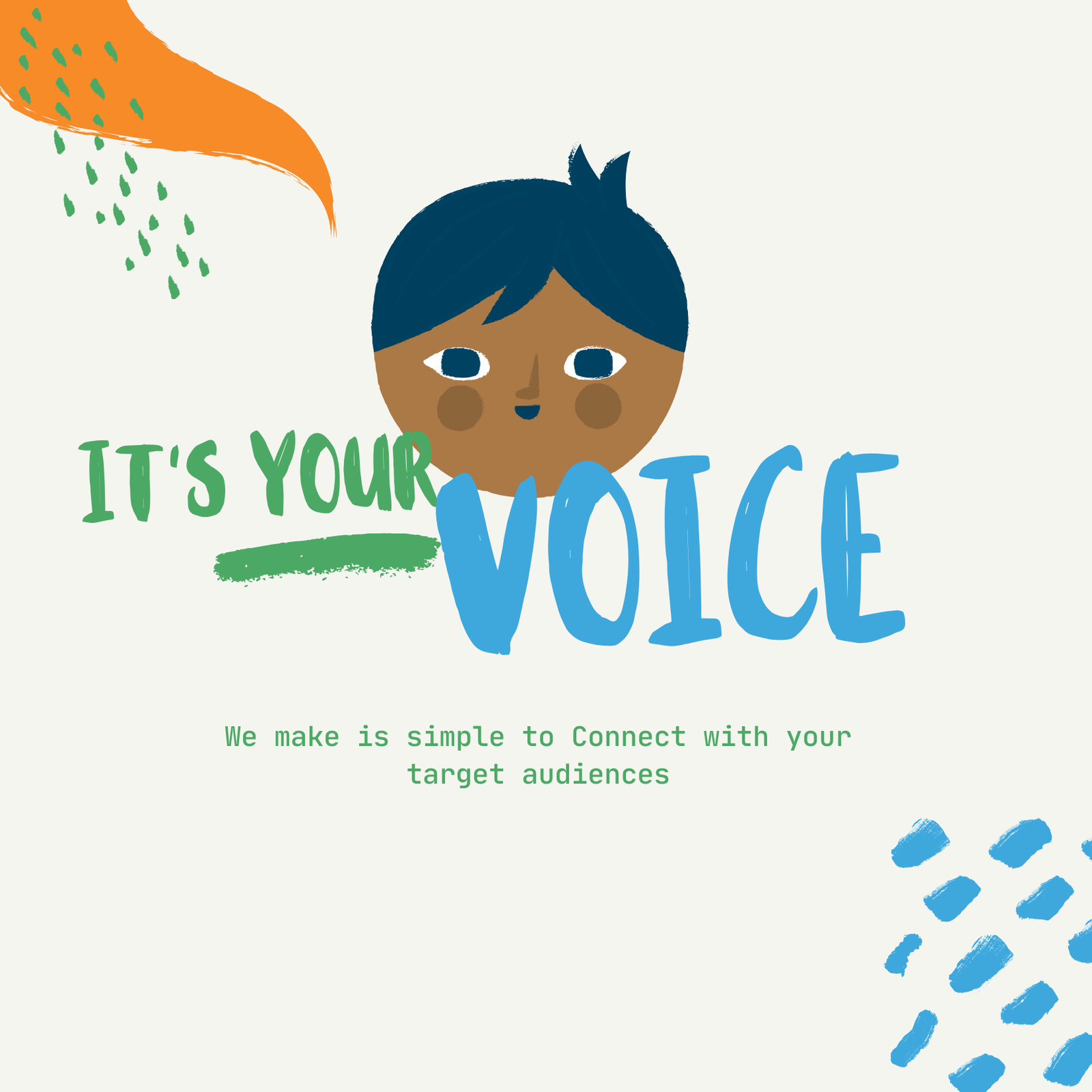How can New Brands assess their Product Affinity – In 3 Steps
By NUUPER
Yamini Wilfred

10 Jan 2020 | 0
Product affinity means, a consumer’s natural liking for a product. The product affinity analysis is a metrics which is widely used to study consumer behavior in order to cross-sell and to ascertain future purchases. It is also a good indicator of the customer being a repeat buyer. But do past purchases really indicate future sales?
Evolution in marketing and advertisements would have been redundant should the past behavior were to be fully relied upon for future sales. And so would have been the need for product innovation.
New product innovations and products that are solving new problems would need to assess product affinity through much different mechanisms, solely because they face new set of challenges in the form of one-time buyer, the experimental buyer, low or no trust-factor, competition’s pricing arbitrage etc.
So how can a new brand assess its product affinity? For any new brand, product affinity studies can be aspirational due to its complexity and difficulty in implementation.
The following steps can be handy in applying this technique without much time and resource deployment:
Direct Feedback: New brands have the need to build fresh data-sets for future assessments. Their early resource deployment is typically based upon sales projections and not really on primary market responses. Getting direct feedback from their consumers could help them build data-sets that are indicative of future sales. These feedbacks could be about product appeal, reasons for the first purchase, reasons for a repeat purchase etc. This will also give the brand the much need insight about which are the other (read older) products with which the consumer is pairing its product.
Agile Product Development Methodology: What should be the ideal time for a new brand to assess product affinity? The right analytical insight at the right time is the key. Collecting consistent and on-going feedback from consumers should be a process that new brands should adopt from very early on. Getting nimble about implementing changes and reiterating through testing etc. should be central to product development.
Involving Consumers into Marketing: Brand Recall is a challenge for any new brand. It is not easy to get a consumer to change over to a new product. Fighting for ‘mind’ and ‘shelf’ space becomes the core of all marketing initiatives.
Instead of marketing it TO the consumer, market it WITH the consumer. Let the early adopters be your product evangelists. Include them into your advertising campaigns. Test and assess your strategies through their feedback. This is a surer way of building brand awareness and loyalty.
In conclusion,
For new brands, product affinity study should be more about does the customer trust my brand to change over rather than what and when are they likely to purchase next. The answer to this question can validate their marketing campaigns and their market share.






